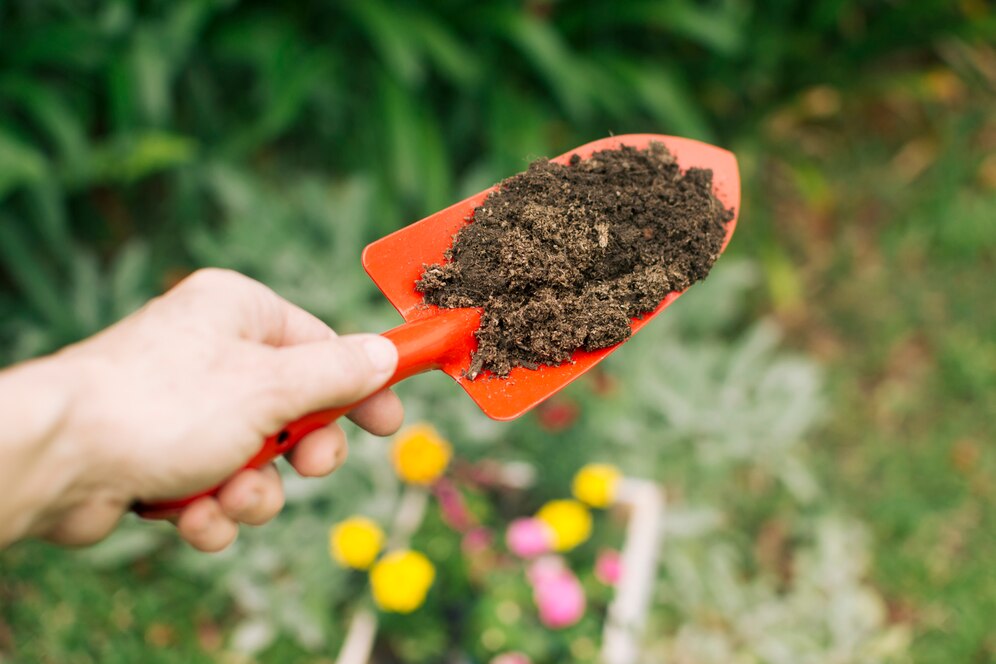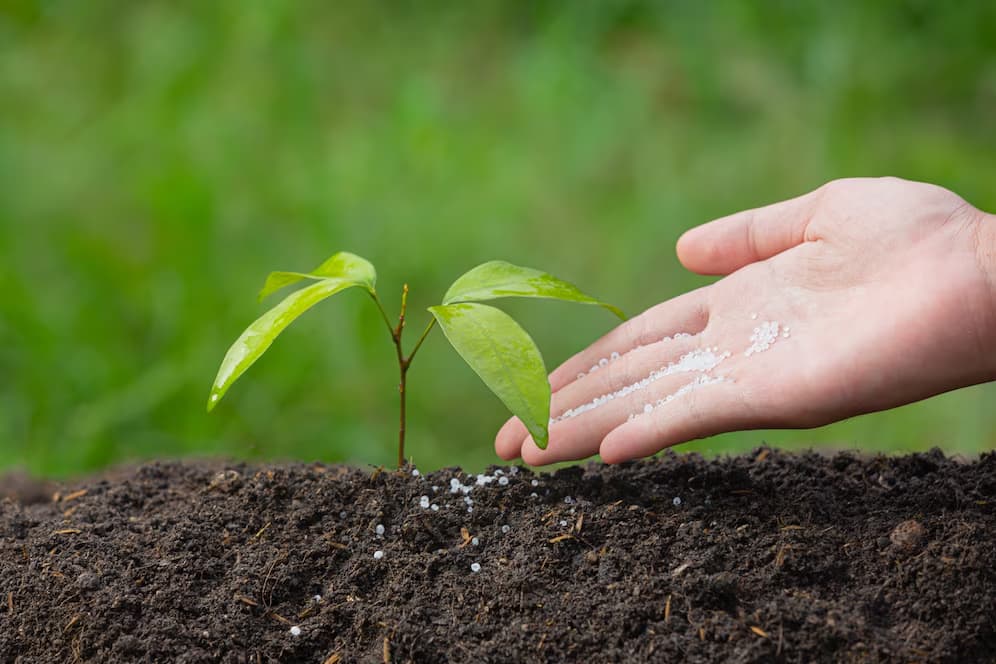Knowing when to fertilize your plants can make a big difference in how well they grow. Here’s a simple guide to help you feed your plants at the right times throughout the year.
Why Timing Matters
Plants need food to grow, just like people do. Feeding them at the right times ensures they get the nutrients they need when they need them, which keeps them healthy and strong.
Spring Season: Time to Wake Up
In spring, plants wake up from their winter nap and start growing again. This is a good time to give them some food to help them get started. Use a slow-release fertilizer to give them a balanced meal that will last for a while.
Summer Season: Keep Them Going
During the summer, plants are busy growing and making flowers or fruits. They need lots of food to keep up their energy. Use a fertilizer with more nitrogen to help them grow big and strong.
Autumn Season: Getting Ready for Bed
As summer turns to fall, plants start getting ready to go to sleep for the winter. This is a good time to focus on their roots and help them store up nutrients for the cold months ahead. Try using a fertilizer with more phosphorus to give their roots a boost.
Winter Season: Rest and Relaxation
Plants don’t do much growing in the winter, but they still need food to stay healthy. Instead of using regular fertilizer, try adding some compost or mulch to the soil. This will give them slow-release nutrients and improve the soil for when they wake up in the spring.
Customizing Your Schedule

Every garden is different, so it’s important to adjust your fertilizer schedule to fit your plants’ needs. Keep track of when you last fed each plant, and pay attention to how they respond. That way, you can give them the right amount of food at the right time.
Testing Your Soil
To make sure your plants are getting the right nutrients, it’s a good idea to test your soil regularly. Soil tests can tell you what nutrients your soil has and what it needs more of. That way, you can give your plants exactly what they need to stay healthy.
Choosing the Right Fertilizer
There are lots of different kinds of fertilizer to choose from, but they all fall into two main categories: organic and synthetic. Organic fertilizers, like compost and manure, release nutrients slowly and improve the soil over time. Synthetic fertilizers, on the other hand, give plants a quick burst of energy but can wash away more easily.
Specialty Fertilizers
In addition to regular fertilizer, there are also specialty products available for specific needs. For example, slow-release fertilizers give plants a steady supply of nutrients over time, while liquid fertilizers can be sprayed directly onto leaves for a quick boost.
If you want to learn more, CLICK HERE
Conclusion
In conclusion, timing is crucial when it comes to fertilizing your plants. By following a simple fertilizer calendar tailored to the seasons and the specific needs of your garden, you can ensure that your plants receive the nutrients they need to thrive.
Whether you’re feeding them in spring to kickstart growth, during summer to support abundant blooms, in fall to prepare for dormancy, or in winter to maintain soil health, strategic fertilization can make a significant difference in the health and vitality of your plants. With careful attention to timing, soil testing, and fertilizer selection, you can enjoy a flourishing garden year-round.



